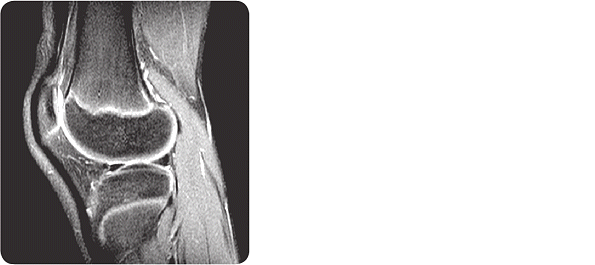MONDAY, DAY 1
WEEK 27
CHILDREN AND ADOLESCENTS
Growth Plate
During childhood and adolescence, the bones grow at two specific points between the long shaft and the rounded ends. Each of these short stretches of fragile cartilage is called a growth plate, or an epiphyseal plate or physis.

The bone lengthens when the cartilage cells divide. After they stop reproducing, that area ossifies—or hardens—into bone, leaving behind a thin epiphyseal line. This typically occurs when people reach their adult height in their late teens or twenties. But even after that age, bones can still accumulate mass, or thickness. Much like skin cells, bone cells are constantly being made and broken down throughout life. The rate of turnover slows as you age; by age 30, most people reach their peak bone mass.
Because growth plates are among the weakest spots in the body—even more delicate than ligaments—they are vulnerable to injury. A tough tumble or fall can cause a growth plate fracture. Boys are twice as likely to suffer one, because they tend to develop more slowly than girls.
Most of the time, these injuries heal without any complications. However, in about one in six cases, they may lead to twisted or stunted bone growth. That’s why many physicians may want to perform surgery or a series of follow-up x-rays on a fractured or broken bone in a child.
ADDITIONAL FACTS
- A bone growth disorder known as achondroplasia affects the epiphyseal plates and can lead to dwarfism.
- Growth plate fractures account for 15 percent of all childhood fractures.